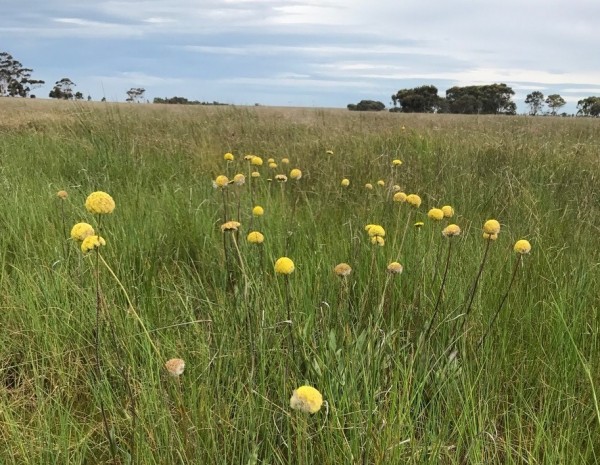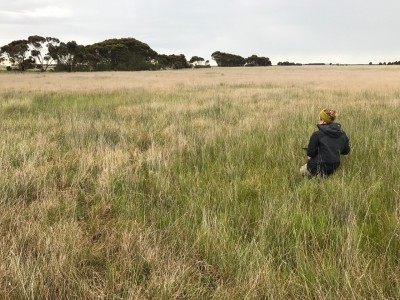Establishing an EPBC Offset Site
A look into Federal offsetting
There are many levels involved in establishing a Federal offset site and we can walk you through the process. We spoke to one of our landowners who set up a Plains Grassland & Plains Wetland EPBC offset site in Cressy about their experience.
“Establishing the presence and suitable habitat for EPBC-listed species is the main point of difference in establishing an EPBC offset site as opposed to a State offset site. In that respect, timing is important as many species emerge seasonally. So if purchasing a new property for this purpose, allowing for independent surveys to occur in season and the holding costs of the property during that time is important. Patience is key as species can take their time to show, if at all. Purchasing a site can be very risky without having evidence onsite of the species.
Once species have been found, a deal can be sought with a proponent. No QA process is required at a State level although approval of the Offset Management Plan is required at a Federal level, which again, can take some time. This application is driven by the proponent and its consultant.
An important player in conservation is protection of habitat but also, the slow passage of time. So is the process of species-proving, negotiating and establishing an EPBC offset.
A State offset site facilitates the protection and management of important habitat. The land may or may not be current habitat for the most important species. A Federal offset site will definitely be current habitat for often endangered or critically endangered species.

It is both a privilege and a greater responsibility to protect and manage individual species and doing so brings intrinsic learning and connection.
Vegetation Link has a point of difference in EPBC transactions. The process of establishing a deal and negotiating terms can be complex and may potentially carry risk to an inexperienced landowner. Such complexities arise in the design of the management plan itself and how that ‘plays out’ in practice over the years may have an impact on potential other uses of the land (eg. Grazing). Also, the layers involved such as surveying work and legal documentation can be a steep learning curve for some.
Vegetation Link is the best resourced broker in terms of working the process between landowner, proponent, consultants and DELWP or Trust for Nature. Successful EPBC deals rely on far more than a price and a haggle.”